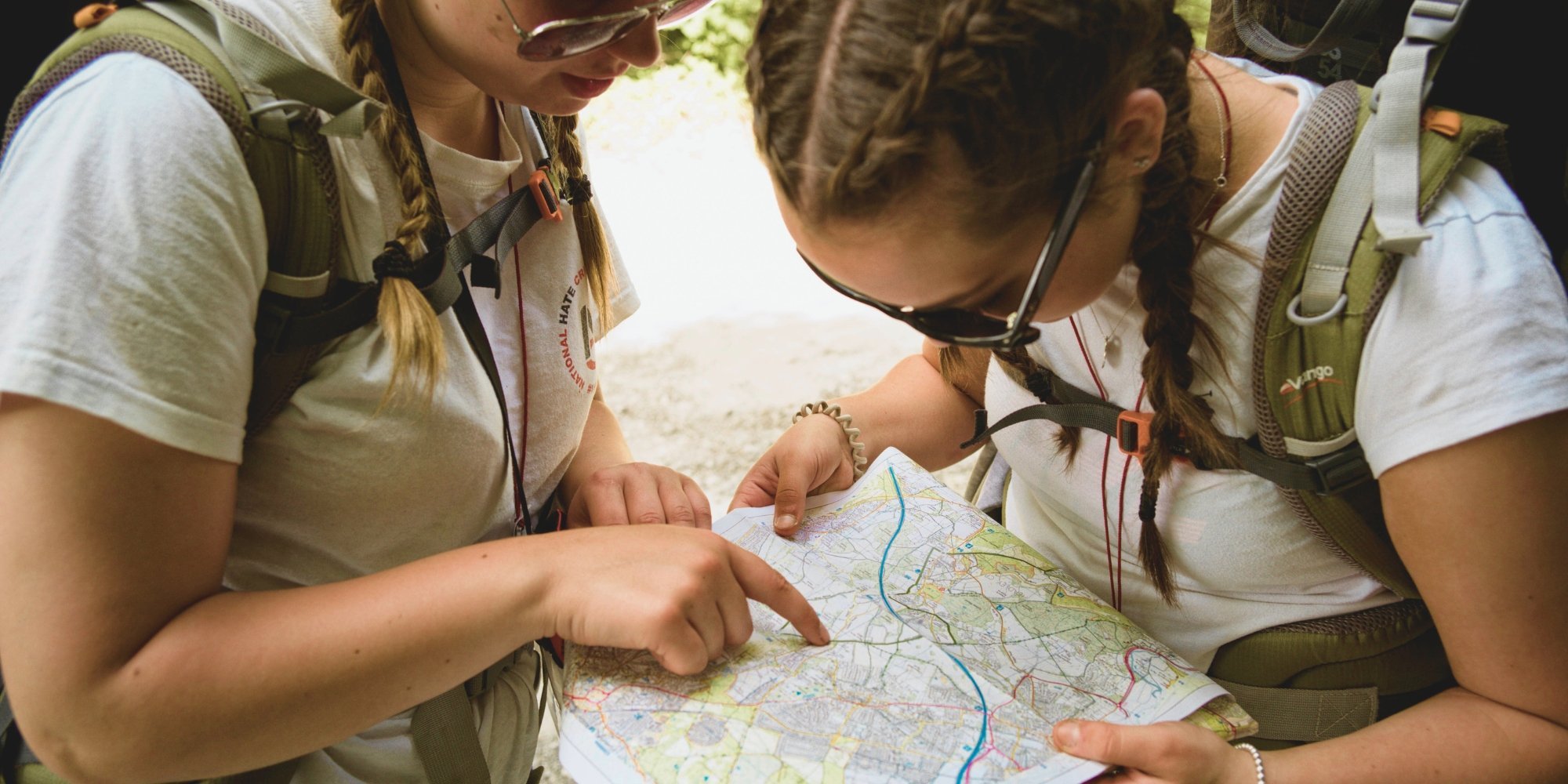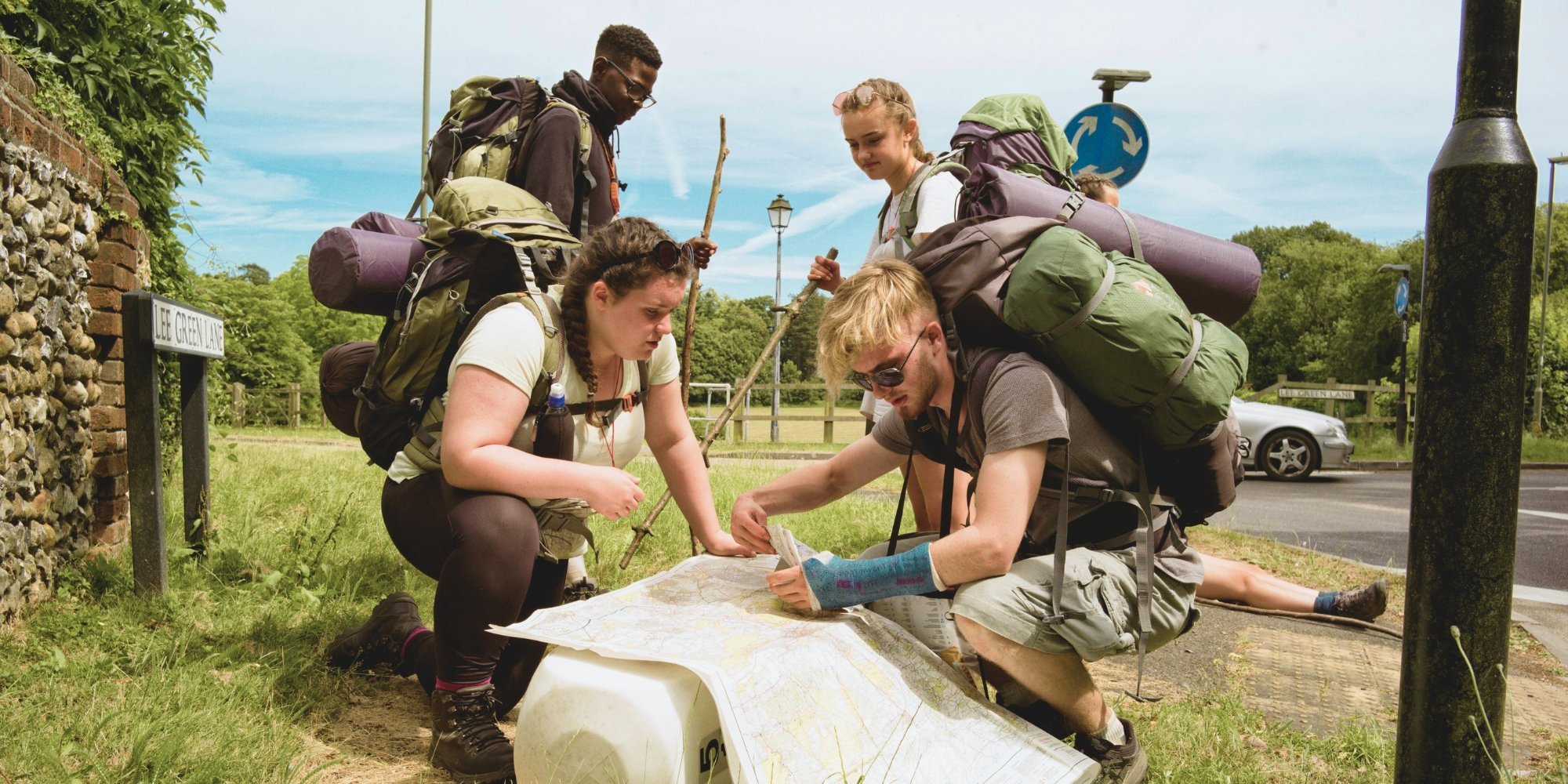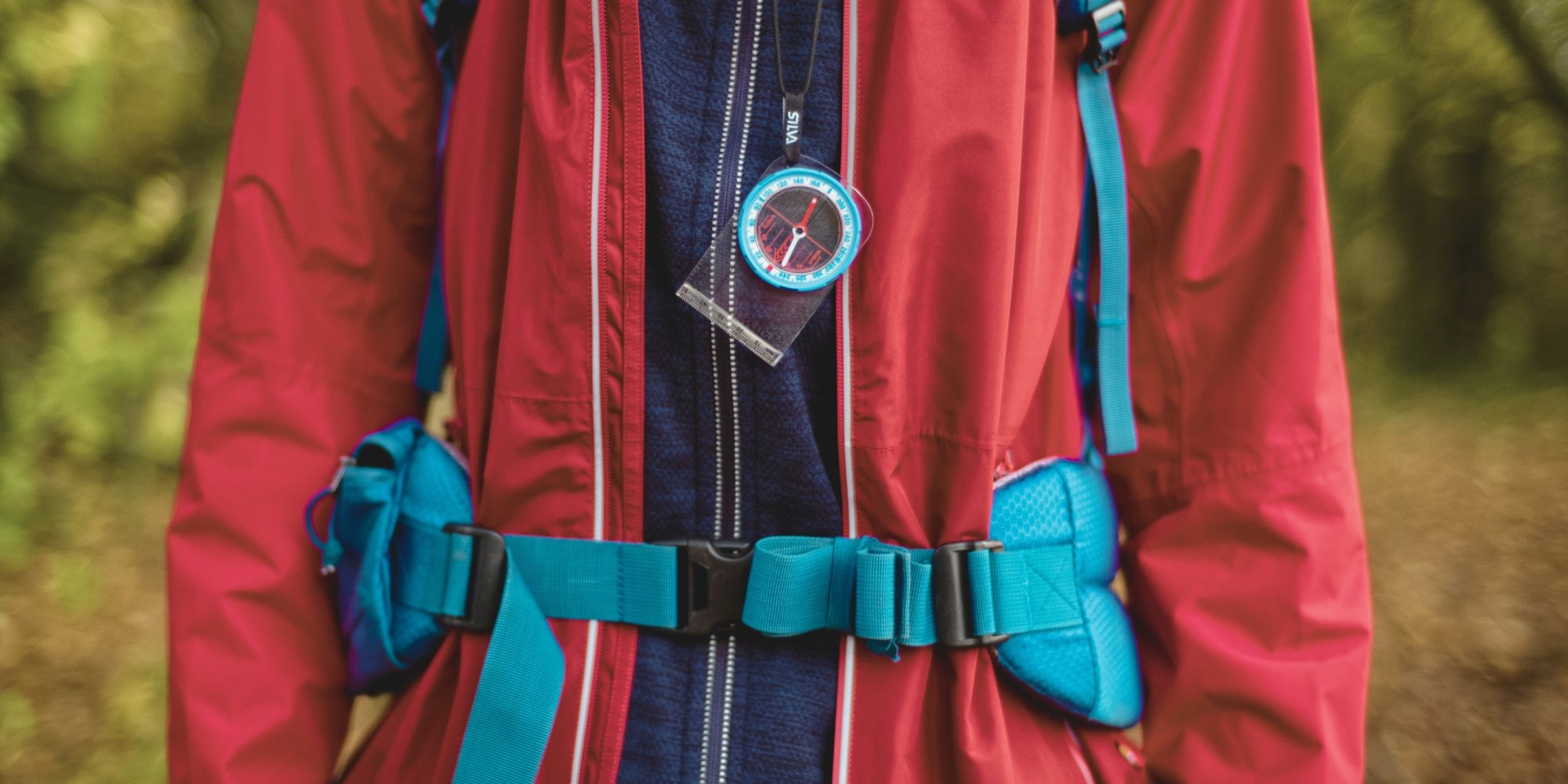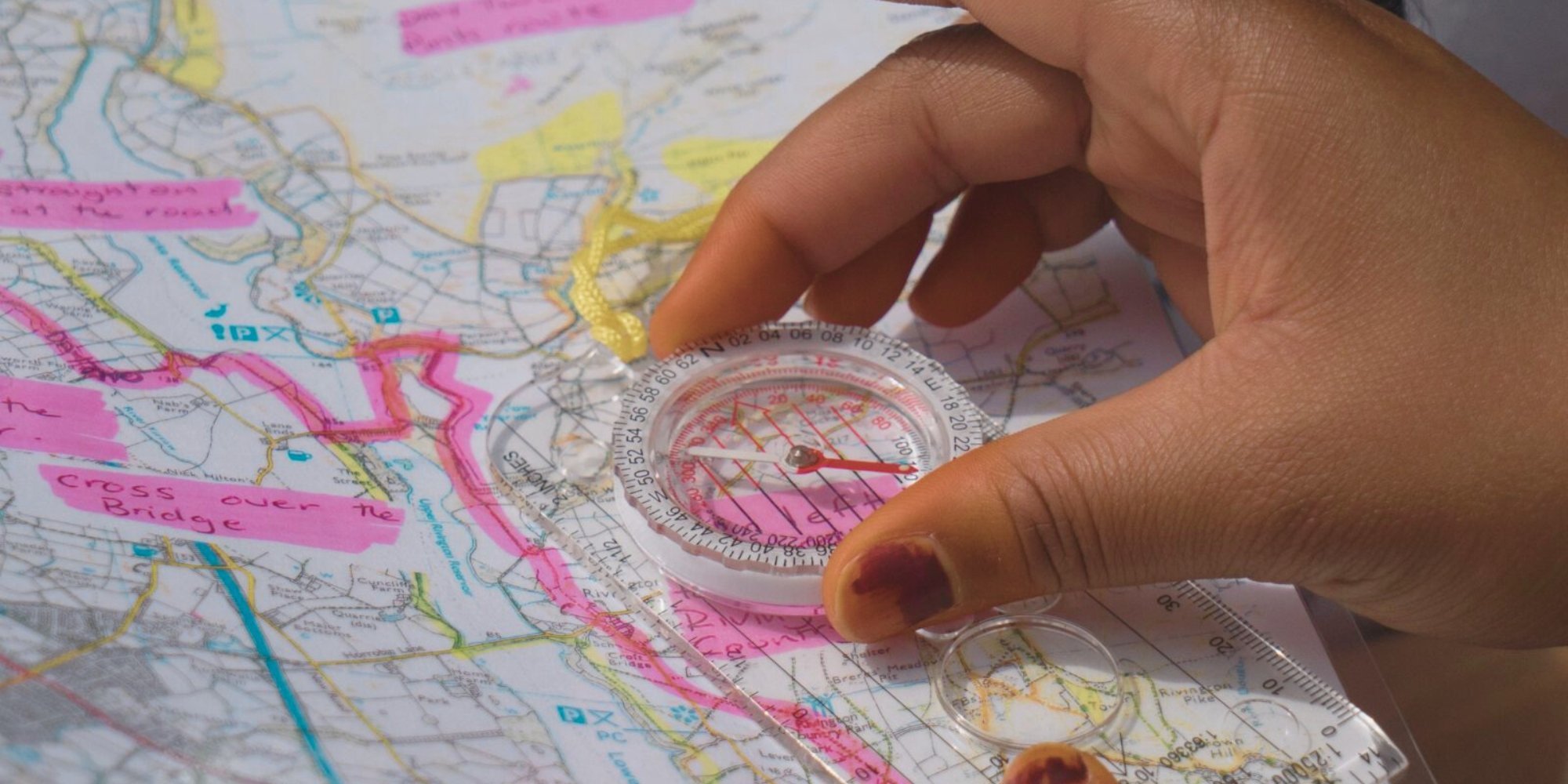Stay on Track: Your guide to navigation for DofE expeditions

Ever found yourself mid-expedition, staring at your map, wondering if you’ve just walked in a giant circle? Or maybe you’re happy to follow the group and hope for the best? Either way, when you’re out in the wild, knowing how to read a map and use a compass is a game-changer – and could be the difference between reaching camp on time or adding an accidental 5km detour (…because let’s be honest, who wants that!).
A map and compass are essential expedition tools, which is why we recommend Silva’s high-quality compasses and waterproof map case. Designed for accuracy and reliability, these tried-and-tested tools will help keep your adventure on course.
Read on to learn how to navigate like a pro!
Master the compass basics
A compass is a vital piece of equipment for any expedition, and it’s important to have one that you can rely on. Silva’s compasses are built with reliability, accuracy, and toughness in mind.
Here’s Silva’s easy 1-2-3 guide to navigating your route
Position the compass on the map
- Place your compass on the map with the edge along your intended route.
- Ensure the direction of the travel arrow points towards your destination.
Orient the compass
- Rotate the compass housing until the ‘N’ (North) on the dial aligns with the North on the map.
- Make sure the red/black North-South lines are parallel with the map’s meridians.
Align your body with the compass
- Hold the compass in front of you and turn your body until the red end of the needle lines up with the red arrow in the compass housing.
- Your direction of travel arrow now points the way!
…It’s that simple! For more clarity, check out Silva’s handy 1-2-3 navigation guide video (still need to get) for visual instructions.

Mapping your route
Alongside your compass, a good map is essential for planning and navigating your DofE expedition. Ordnance Survey (OS) maps are designed for outdoor adventures, and understanding their symbols, contour lines, and scales will help you navigate efficiently.
Which OS Map do you need?
- OS Explorer Maps (1:25,000 scale) – Ideal for detailed navigation on foot over shorter distances.
- OS Landranger Maps (1:50,000 scale) – Covers larger areas, great for long-distance treks or cycling routes.
To keep your map safe, the Silva waterproof map case is a must. As we all know, the UK weather is unpredictable, and a soggy, unreadable map can quickly turn an adventure into a challenge.

Top tips for navigating
- Anticipate key landmarks: Plan your route by identifying significant landmarks such as hills, rivers, woodlands, or structures. Recognising these features as you progress will make it easier to stay on track.
- Protect your map from the elements: Ensure your map remains dry by using a waterproof map case.
- Confirm your location regularly: Make it a habit to stop and verify your position frequently. Small navigational errors can accumulate quickly, and a simple compass check can prevent unnecessary detours.
- Keep your compass safe: Store it properly and tie it to your rucksack or jacket to avoid losing it.
Why Silva? Trusted navigation for your DofE expedition
Since 1933, Silva has been a pioneer in navigation, inventing the first ‘liquid-filled compass’ and setting the standard for quality. Their compasses and map cases are:
- Designed for precision and durability – built to withstand any adventure.
- Weatherproof and reliable – essential for challenging terrain and unpredictable conditions.
- Chosen for accuracy, toughness, and ease of use – helping you stay on track with confidence.
Why good navigation skills matter on a DofE expedition
A DofE expedition is designed to test teamwork, resilience, and a sense of adventure. However, getting lost can quickly detract from the experience. Strong navigation skills provide several advantages:
- Reduces stress: Knowing how to stay on course removes the uncertainty of whether you’re heading in the right direction.
- Saves time and energy: The quicker you find your route, the less you need to backtrack.
- Increased confidence: Knowing where you are means less stress and more adventure. Plus, you’ll be able to lead your group rather than rely on others.
- Expedition success: Navigation is a key DofE skill. Impress your assessor and leader by being among the first to arrive at camp.
With these skills and Silva’s trusted navigation gear, you’ll be doing more exploring, less wandering, and feeling more confident every step of the way!
Check out Silva’s range of DofE-recommended compasses and map case and set yourself up for a fun adventure without the added stresses!






